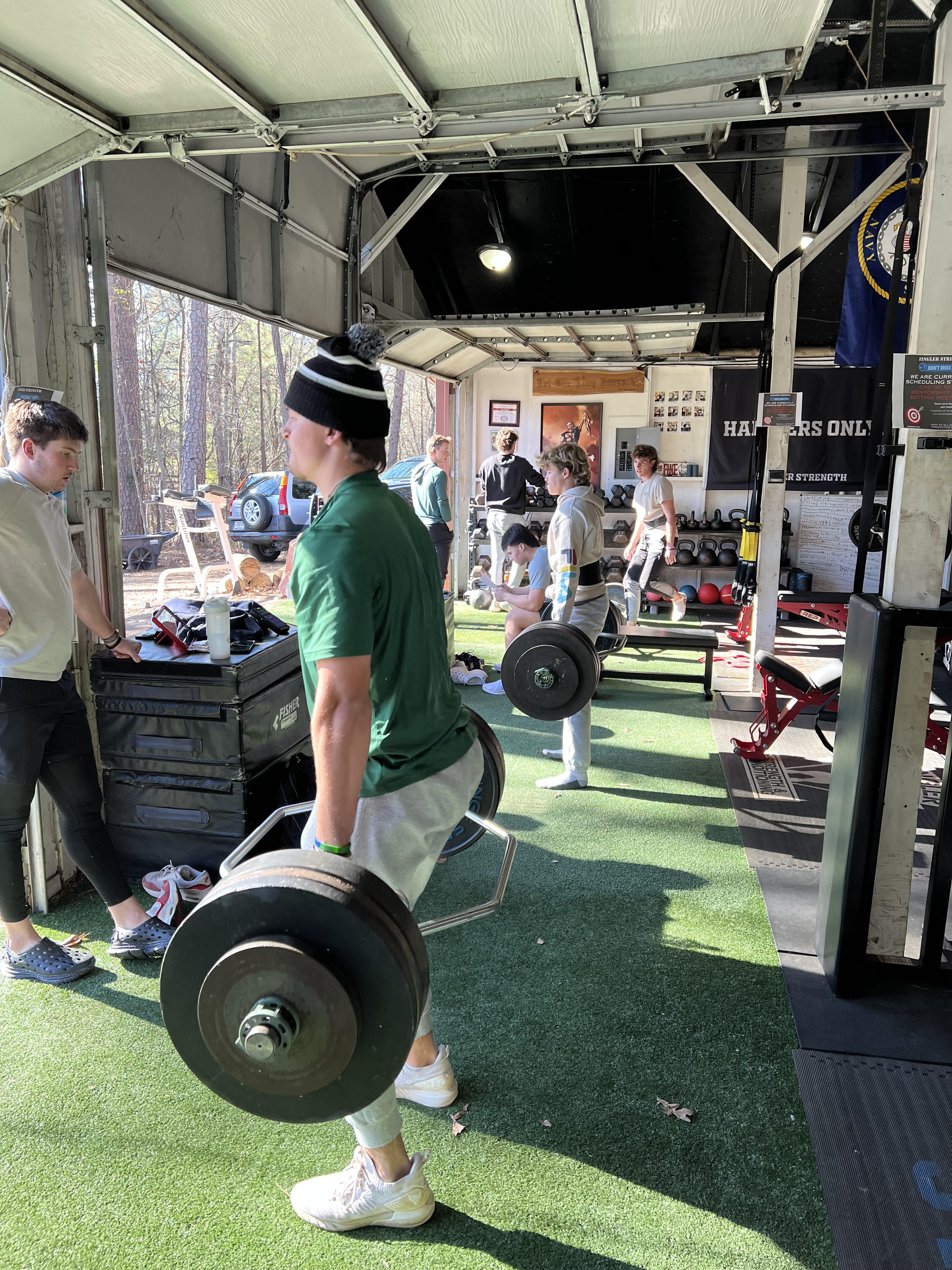It is a relative concept that is required to access heightened levels of athletic performance.
“We tend to think of strength in the context of powerlifting or weightlifting standards.
‘How much weight!?’
&
‘It only counts if you meet the (arbitrary) standards of <insert strength sport>.’
Strength is not a number or a specific squat depth.
It’s a relative concept.”
-Ray Zingler on X
“Well, well you know that squat didn’t count. Depth was too high and in my powerlifting federation, that would have easily been 3 red lights!”
-Most below average powerlifters
For context, in the sport of powerlifting, you perform 3 basic lifts, the squat, the bench, and the deadlift. You are given “red lights” if the respective lift isn’t accomplished to the federations standard and white lights if the lift is sufficient. There are typically 3 judges, so they use a majority rule.
And this is fine.
I’m not arguing against powerlifting standards for the sport of powerlifting. There must be standards (even those these standards do dramatically shift from federation to federation), but as far as team sport athletes go, living and dying by powerlifting “acceptability” standards is probably the WORST thing anyone can do for athletic performance.
The reason is because strength is not a specific number. Nor is it a specific squat depth. Just don’t ask any unqualified coaches in high school weight rooms chasing numbers, while they scream at kids that certain lifts “don’t count!”
Strength is a relative concept that we want to develop so we can use its benefit as a driver to enhance the “sexier” athletic qualities (speed, power, first step quickness, agility, etc).
This is highly important to understand so that we can tastefully convey the message to parents.
The precise reason we as a performance society do not place “strength first” despite it being MOST important, initially, (second place isn’t close) is because many parents of youth athletes think of strength in the context of bench maxes and rounded back deadlifts.
“They’re just going to go in there and see how much they can do and hurt themselves with bad technique. Plus being strong makes ya slow and stiff, anyway!”
You think I’m joking, but these archaic perceptions STILL drive people’s biases even in 2024. It’s why the more palatable modalities are prioritized above strength despite them not having the performance efficacy strength training does.
Strength, again, is not an “amount”. It’s not even what you see the gym bros doing at your local fitness center.
It is a relative concept.
As people get stronger, relative to their CURRENT strength level, good things will always happen to performance.



